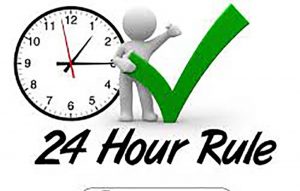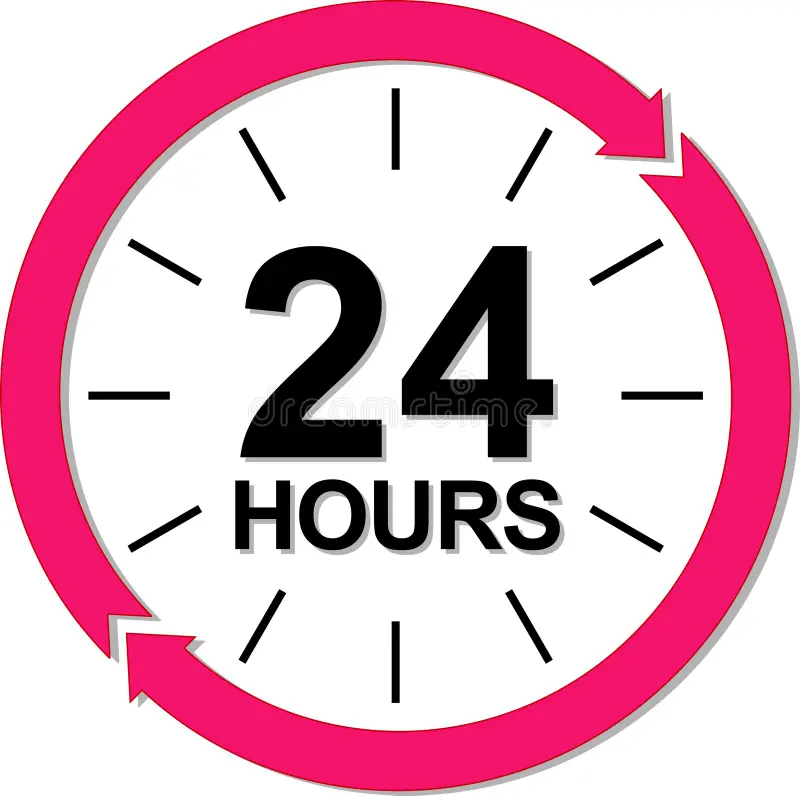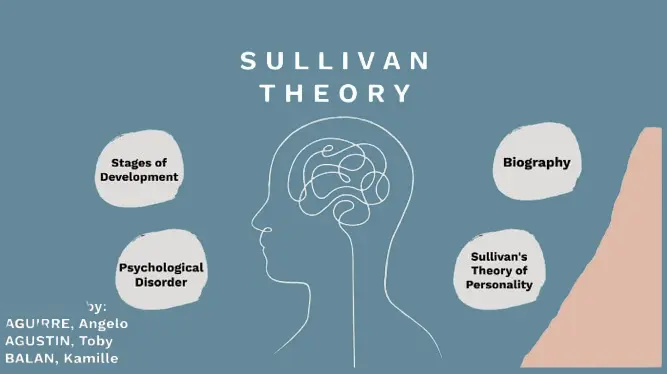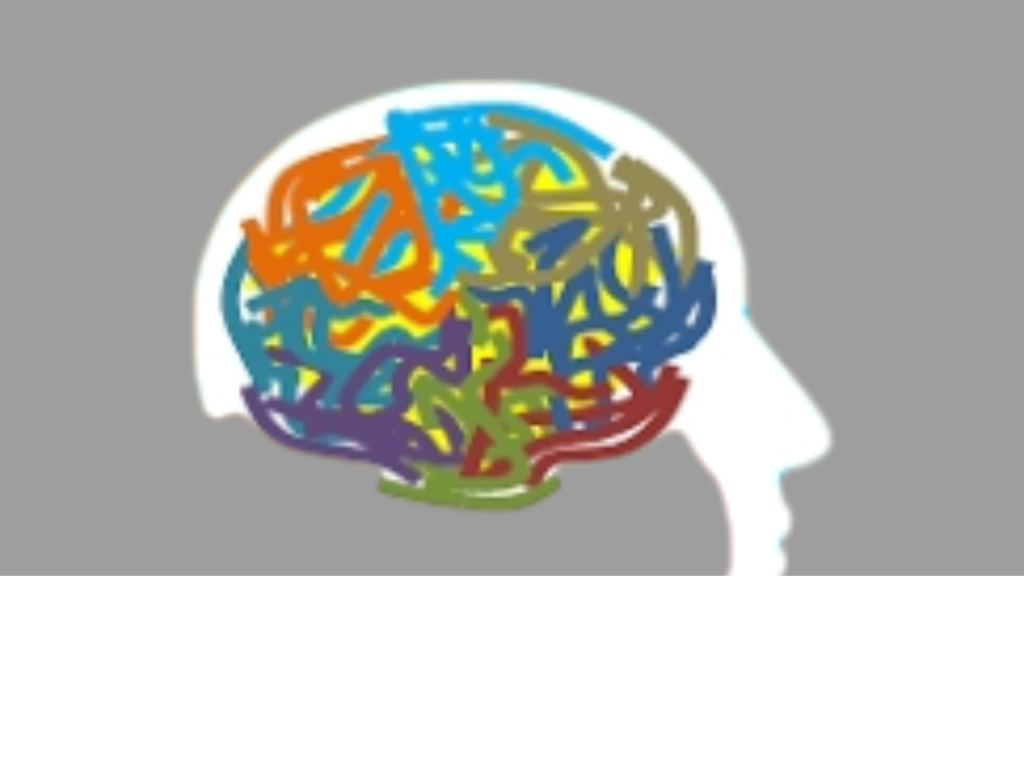The 24 hour rule for ADHD is a coping strategy designed to help people manage emotional dysregulation and impulsivity. The rule is simple:
👉 When you feel a strong emotional reaction, wait 24 hours before making a decision or taking action.

This doesn’t mean ignoring emotions. Instead, it’s about giving your brain time to process feelings, allowing the intensity to settle. By waiting a full day, you reduce the chances of acting impulsively and increase the likelihood of responding thoughtfully.
Why is the 24 Hour Rule important for emotional regulation?
Adults with ADHD often struggle with emotional dysregulation—a difficulty in controlling how strongly emotions are felt and expressed. This can result in:
- Quick temper flare-ups.
- Saying things in frustration that you later regret.
- Making snap decisions that don’t align with long-term goals.
- Dwelling on an upsetting event for hours or days.
The 24 hour rule gives space between emotion and action. That pause acts like a buffer, preventing strong feelings from dictating immediate behavior.
How does the 24 Hour Rule work in daily life?
Here’s how the rule can play out in everyday situations:
- An upsetting email from your boss arrives. Instead of firing back a defensive response, you save it in drafts and revisit it tomorrow.
- A friend cancels plans last minute. Instead of sending an angry message, you step away, let the disappointment settle, and respond with more understanding the next day.
- You feel judged or criticized. Instead of reacting instantly, you wait to see if your perspective changes once the emotion cools down.
In each case, the 24 hour rule prevents immediate reactions that may escalate conflict or cause regret.
Examples of using the 24 Hour Rule in real situations
- Workplace example: You receive unexpected negative feedback. Instead of quitting on the spot or sending a heated reply, you wait a day. The next day, you can calmly ask clarifying questions or request support.
- Relationship example: A partner forgets something important. Instead of starting an argument right away, you let yourself cool down for 24 hours. You may realize the issue isn’t as big as it first felt.
- Personal example: You feel embarrassed about a social mistake. Rather than avoiding everyone or sending apologetic messages immediately, you allow 24 hours to pass and see if your feelings soften.
Benefits of practicing the 24 Hour Rule
Practicing the 24 hour rule can have multiple benefits for adults with ADHD:

- Reduced impulsive decisions that might be harmful.
- Healthier relationships by lowering unnecessary conflicts.
- Improved self-esteem when you feel more in control of your reactions.
- Clearer thinking after emotions have settled.
- Better long-term choices aligned with personal goals.
This simple pause creates a huge difference in how life with ADHD feels and flows.
Challenges adults may face with the 24 Hour Rule
Of course, the 24 hour rule is easier said than done. Common challenges include:
- Strong urge to respond immediately. Emotions can feel unbearable in the moment.
- Fear of being misunderstood. Waiting might feel like you’re ignoring or dismissing the problem.
- Difficulty remembering the rule. In the heat of frustration, it can be hard to pause.
But like any skill, it gets easier with practice. Over time, waiting before reacting becomes more natural.
Practical tips for making the 24 Hour Rule easier to follow
To successfully use the 24 hour rule for ADHD, try these strategies:
- Create a physical reminder. Write “WAIT 24 HOURS” on a sticky note and keep it by your workspace.
- Set a timer or calendar note. Give yourself a literal countdown to revisit the issue the next day.
- Distract yourself with an activity. Exercise, call a friend, or work on a project to shift your focus.
- Journal your emotions. Write down what you’re feeling instead of acting on it.
- Practice mindfulness. Breathing exercises or short meditations help regulate the emotional storm.
These practical steps turn the 24 hour rule into a daily coping tool.
The connection between ADHD impulsivity and emotional dysregulation
The ADHD brain has challenges with executive functioning, which includes self-control, emotional regulation, and decision-making. That’s why impulsivity and emotional intensity are so closely linked.
- Impulsivity drives the urge to react instantly.
- Emotional dysregulation makes those reactions stronger than intended.
- The 24 hour rule provides a structured pause to overcome both tendencies.
It bridges the gap between immediate emotion and thoughtful response.
How the 24 Hour Rule supports relationships and decision-making
One of the most powerful outcomes of the 24 hour rule is how it strengthens relationships. By waiting before reacting:
- Fewer arguments escalate out of control.
- Loved ones see you as calmer and more thoughtful.
- Trust builds because your reactions feel more measured.
In decision-making, the 24 hour rule ensures that choices aren’t made under emotional pressure. This means fewer regrets and better alignment with long-term goals.
Other coping strategies that complement the 24 Hour Rule
While the 24 hour rule is helpful on its own, it works even better when combined with other coping tools:
- Mindfulness practices to stay grounded in the present.
- Cognitive behavioral techniques to reframe negative thoughts.
- Exercise and healthy routines to reduce overall stress.
- Therapy or ADHD coaching for personalized support.
These strategies create a strong foundation for emotional regulation, making the 24 hour rule easier to practice.
Final thoughts: Building patience and resilience with ADHD
The 24 hour rule for ADHD is a simple but powerful strategy. It gives adults with ADHD a chance to slow down, separate emotion from action, and make more thoughtful decisions. While it may take practice to build the habit, the benefits are life-changing: calmer emotions, better relationships, and more control over life’s challenges.
Living with ADHD doesn’t mean being at the mercy of emotions forever. With tools like the 24 hour rule, patience and resilience can become part of daily life, helping adults with ADHD build more balance, stability, and confidence.



